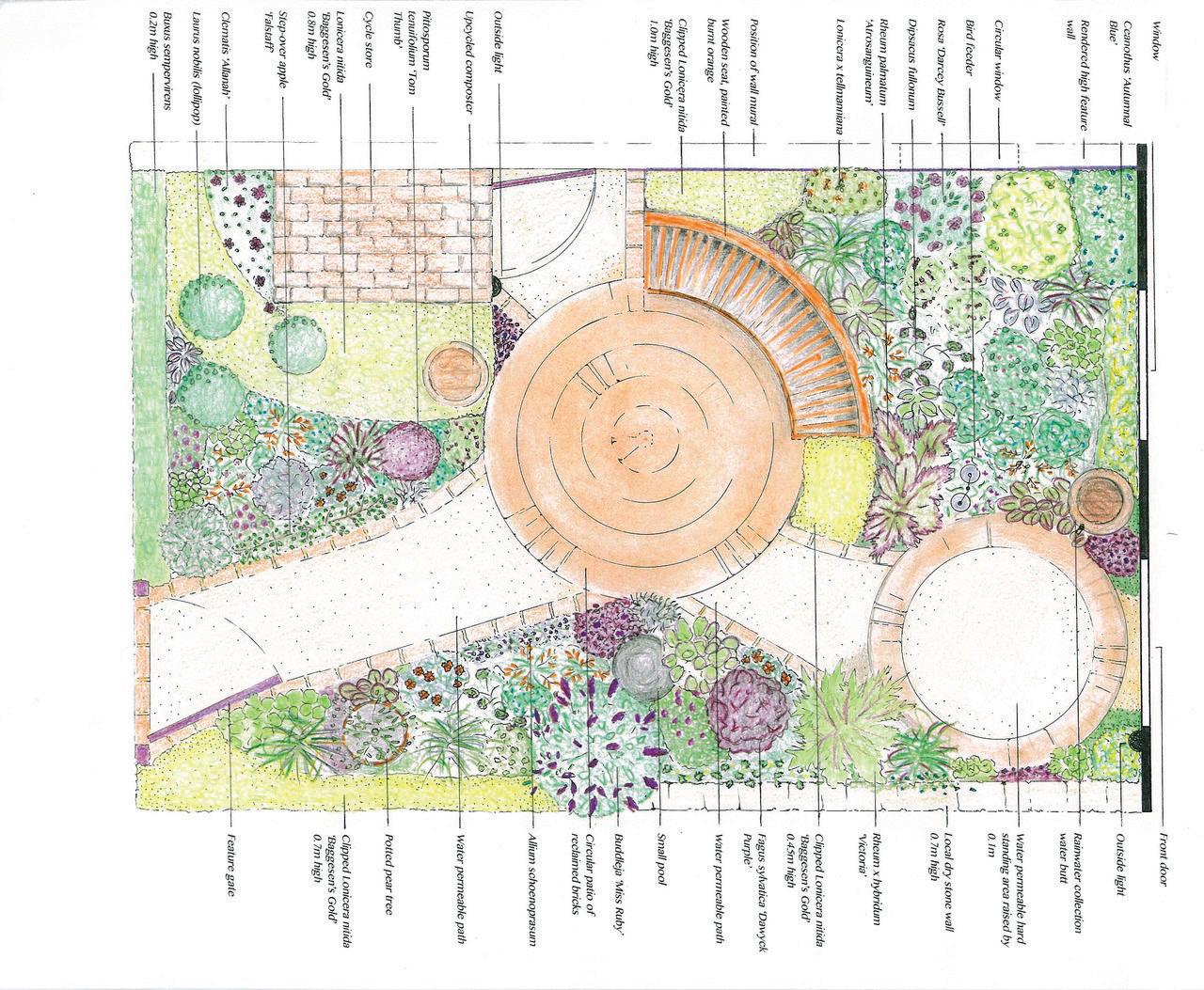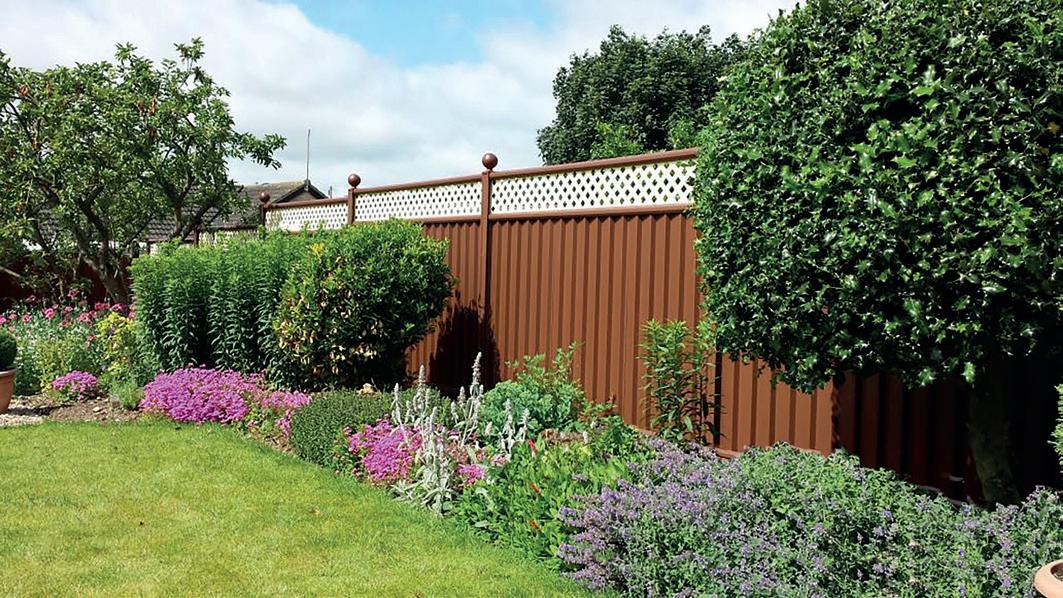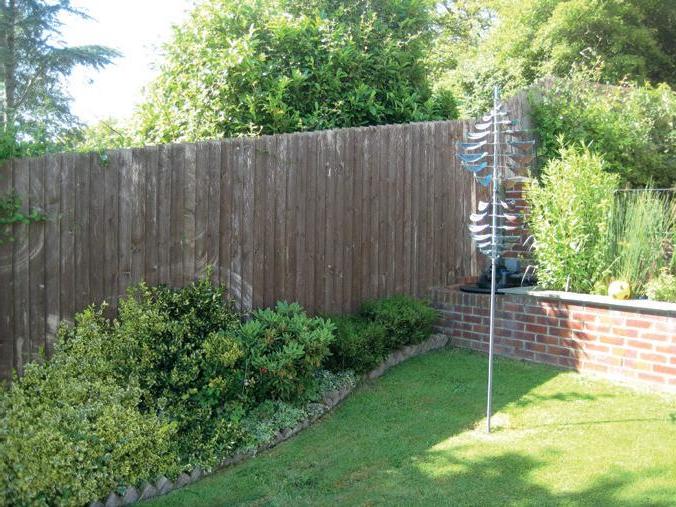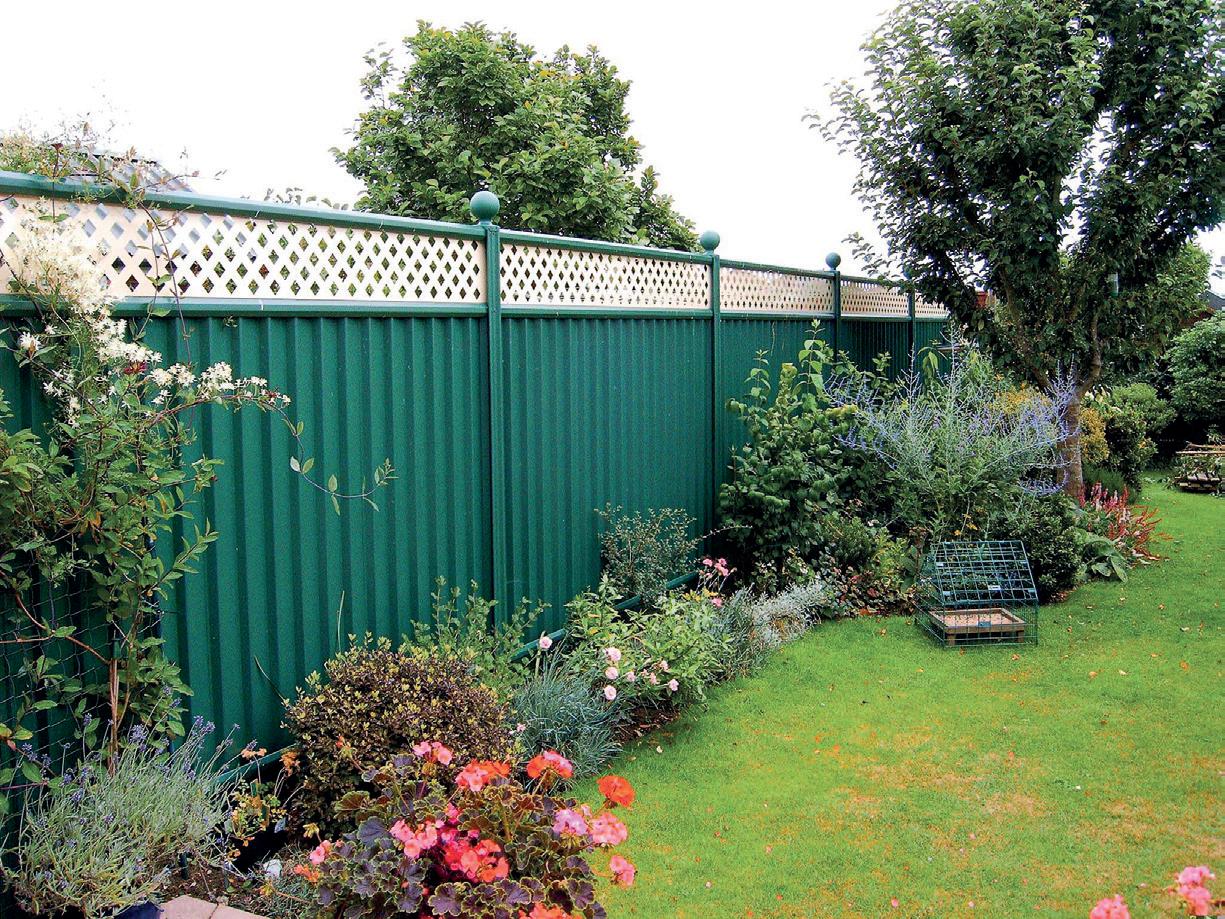
8 minute read
GARDENING
EARLY SPRING PRUNING
By Mike Burks, Managing Director of The Gardens Group
Advertisement
THE GENIUS OF A SUNROOM
By Liv Sabat
It’s now that time of year when on a nice day, there is an urge to get out in the garden and have a tidy up. This can be a really good thing to do, but when the secateurs are taken out care needs to be taken as to how they are used. If shrubs are in good order, then most pruning will be designed to promote flowering. In order to know when a particular plant is best pruned, we need to know when it flowers so that we can work out what sort of growth the plant flowers on. For example, plants that flower late in the year mostly flower on the growth they have made that year; the more prolific the growth, the more flowers. Early pruning will promote growth and therefore lots of flowers. Examples of shrubs that this applies to include the large flowered Buddleia, the Blue Spirea or Caryopteris, late flowering Spirea and the like. These may well be in need of pruning now and most can be hard pruned, which will promote fresh growth and lots of flowers. Shrubs that flower in the early summer or spring are flowering on growth that was formed in the previous year and also wood that is two, three or four years old. This includes shrubs such as Weigela, Deutzia, Forsythia, Philadelphus and Ribes the flowering currant. With this group, wait until flowering has finished and then select, say, a quarter of the oldest stems on an established plant and prune these right down to the base. This will encourage new growth that will start to flower the following year. With this method, the shrub is completely renewed every four years or so, and lots of flowers should be the result. Some plants are not grown for flowers, but for their foliage or their stem colour. A number of these can be pruned in the early spring. An example would be the Spireas with fantastic early spring foliage of golden or bronze. Wait until the shoots start to show and then prune them really hard. The plant will respond with a huge flush of fresh growth with really powerful colours. This group of Spireas also flowers late on in the year, so more blooms will be a consequence too! Others in this group include the Dogwoods, such as Cornus alba varieties, which tend to have really good stem colours. Again, wait until the new shoots start to come and then either prune all of the stems back to within about nine inches of the ground or select a third of the total number of stems for the cull. New growth will be vigorous and will be most impressive in terms of colour next winter.
Other specific examples of plants that need pruning about now include the Wisteria. This beautiful climber needs pruning in two stages once it is established. The first is in July when the new wispy growth needs taking back to about two or three buds of where it started that spring – usually around four to six inches. The plant will shoot again and the second round of pruning can take place in February where a similar procedure will take those stems back to a couple of buds of where you pruned in July. This reduces the vigour of the plant, promotes flowering and allows the flowers to remain clear of the leaves as they come out in the spring. Roses too need to be tackled in the early spring, with Hybrid T and Floribundas being pruned hard back to promote new growth. Once pruning has taken place, be kind to your shrubs with a small handful of Fish, Blood and Bone or Vitax Q4 fertilizer. This month I’m talking sunrooms and how they can be utilised to help you enjoy your outdoor space to the fullest. If you haven’t already got a sunroom then this article is still for you because it is full of reasons you might like to get one.
First of all, they are weather resistant so they can stand up to almost any weather condition, all year round. You can opt to have weather sensors which will detect any adverse weather conditions, including extreme winds, and close the roof of the sunroom to protect you and your possessions. This gives you a space to enjoy no matter the time of year.
Secondly, there is the option to include radiant heaters. These heaters warm your body whilst maintaining the temperature of your surroundings, so there is no danger of burning yourself on anything. Even if you don’t incorporate the glass walls alongside the radiant heaters, you will still stay warm under the heat coming from the heaters.
Moving on to glass walls, you can opt to have these installed to create a fully enclosed glass room; the conservatory of the future. When open, these walls allow for the perfect natural air flow through the structure, keeping you safe and healthy. If you want a little bit more atmosphere in your structure then you can opt to have LED spotlighting or LED strip lighting. The LED spotlights are dimmable so you can have more ambient tones, whereas the LED strip lights are RGB lights meaning you can change the colour of them and dim them, making them perfect for adjusting the atmosphere.
Another thing to think about is the installation of a brand-new, luxury floor for your sunroom comprised of composite decking. The decking is also designed to be resistant to just about anything, including stains.
Something else that fits seamlessly into the structure of the sunroom is a roller blind. You can opt to have a roller blind fitted to every side of the sunroom for added privacy and protection from the elements. The screens are durable and will hold up to extreme winds and rain; they are waterproof.
A sunroom, in all its varieties, is the perfect way to get more out of your outdoor space and to create a space which you can use all through the year, no matter the weather. These structures really are the conservatories of the future and such a genius idea!
Thanks for reading today see you next month, Liv.
CASTLE GARDENS
New Road, Sherborne DT9 5NR
Tel: 01935 814633
BRIMSMORE GARDENS
Tintinhull Road, Yeovil BA21 3NU
Tel: 01935 411000
POUNDBURY GARDENS
Peverell Avenue, Poundbury DT1 3RT
Tel: 01305 257250 www.thegardensgroup.co.uk
UP THE GARDEN PATH
By Julie Haylock, Sandhurst Garden Design

I love a garden magazine, and when I hear the letterbox rattle and the thud as it lands on the doormat, it is one of my favourite sounds of the month!
Magazines are a great source of information, ideas and inspiration allowing you to be transported to so many places without leaving the comfort of your own armchair, perfect in these current times.
Also this is the time of year when we begin to plan for our own gardens, and if this is something you are considering, I would be happy to discuss your ideas with you. To view the latest projects and testimonials from clients visit www.sandhurstgardendesign. co.uk. Be assured, under current Government guidelines, I am operating through lockdown in a safe and fully COVID-19 compliant manner. Garden designers take their inspiration from all sorts of things and recreating a little piece of some of the great gardens of the world is one of them.

The Renaissance gardens of Europe, including the Villa d’Este in Italy and The Palace of Versailles in France, were built to delight and as a show of wealth and importance, perhaps this translates into the wow factor of our gardens today? The gardens of China and Japan were designed to work in harmony with nature and used rocks, gravel and water to symbolize this. This style of garden is still extremely popular with its beauty and simplicity creating a tranquil place to relax and contemplate. The notion to work in harmony with nature was not lost on the famous garden designer Capability Brown who created many of the impressive landscapes that we are familiar with today, such as Stowe Park, Bowood and Stourhead.
I have found clients are keen to do this in their own garden, and whilst they might just have a small garden, not a rolling parkland, they want to create a haven for wildlife and insects by carefully choosing plants, trees and shrubs to support their numbers, so even the smallest of space can make a positive difference. In 2021 sustainability will be one of the key factors to consider when designing gardens of the future, and the planting and landscaping will reflect this. Drought tolerant plants will be key to the amount of water we supply to our gardens as the climate gets warmer, so those Mediterranean gardens of Europe will be a great source of inspiration. Designing and building a new garden in 2021 will have its challenges as with all years, but this year perhaps more than ever the garden will symbolize hope for better times ahead.
Until next time, Julie
Julie Haylock
Garden Designer
20 Sandhurst Road, Yeovil, Somerset BA20 2LG
Tel: 07899 710168
Email: haylock2lg@btinternet.com
www.sandhurstgardendesign.co.uk
Contact Julie for garden and border design, planting plans, plant selection advice and garden styling
BBC Gardeners’ World Live Gold Medal Award Taunton Flower Show Gold Medal Award and The Western Daily Press Cup for Best Show Garden
Garden Landscape & Construction Services
www.sherbornegardenangels.co.uk 01935 310302








